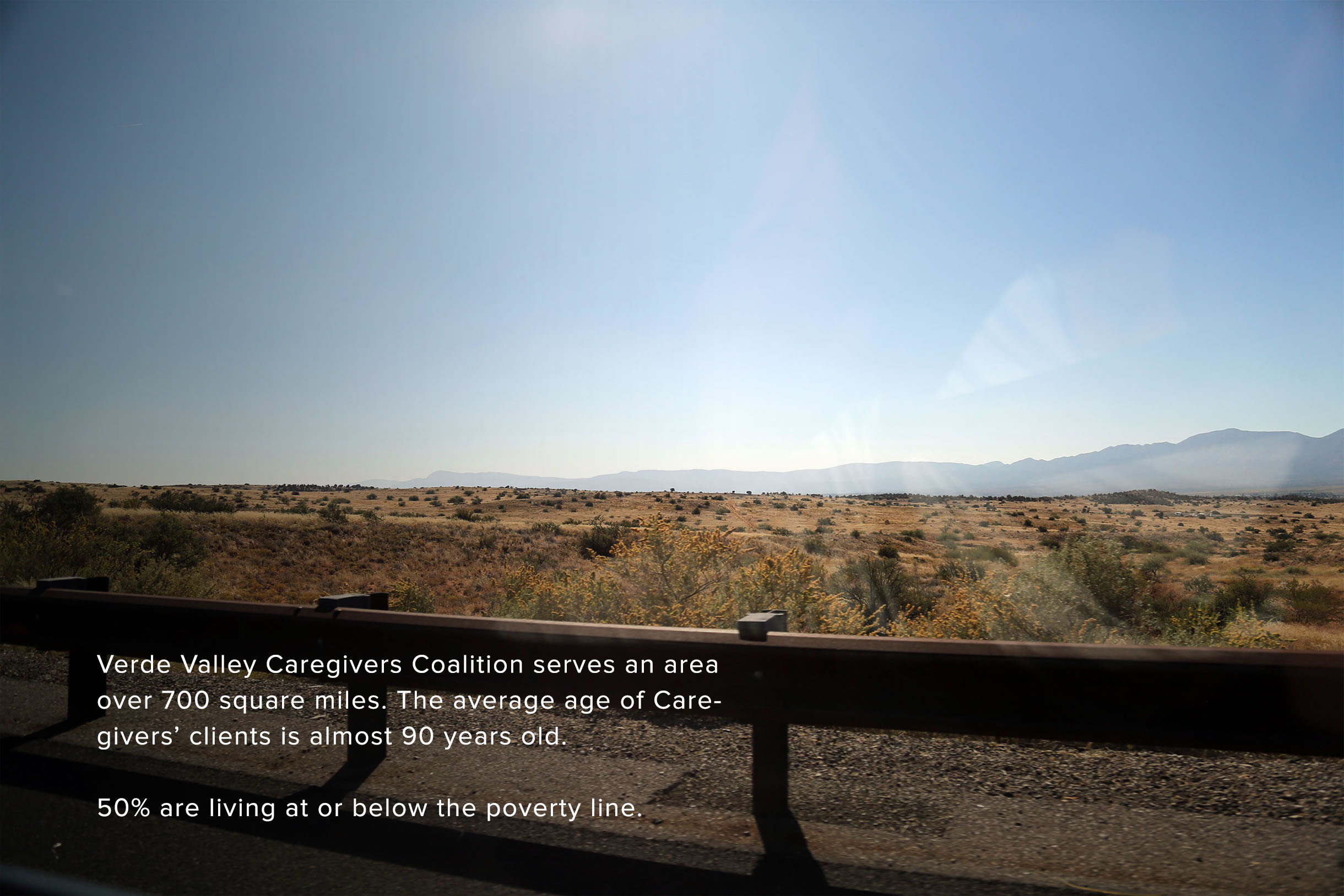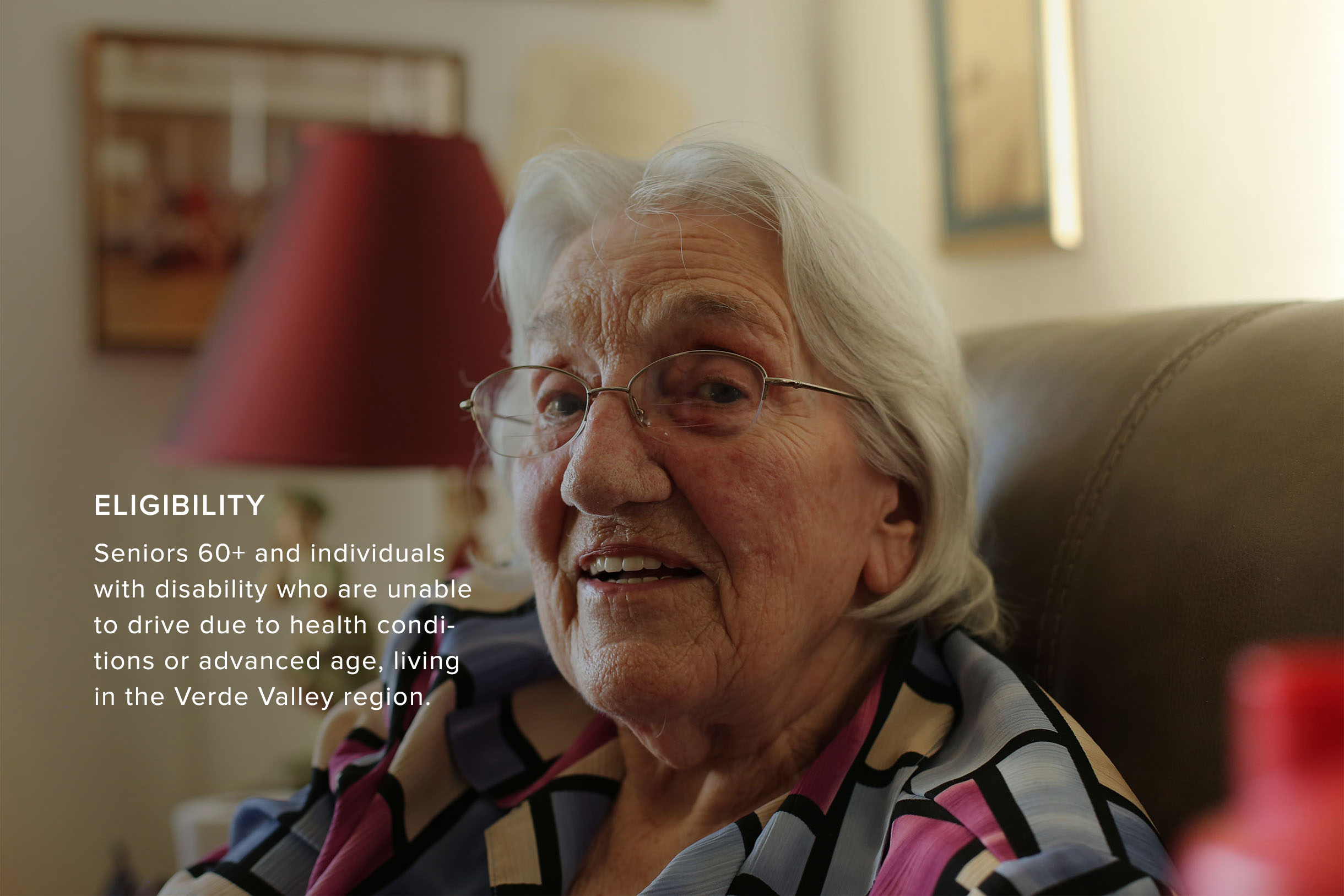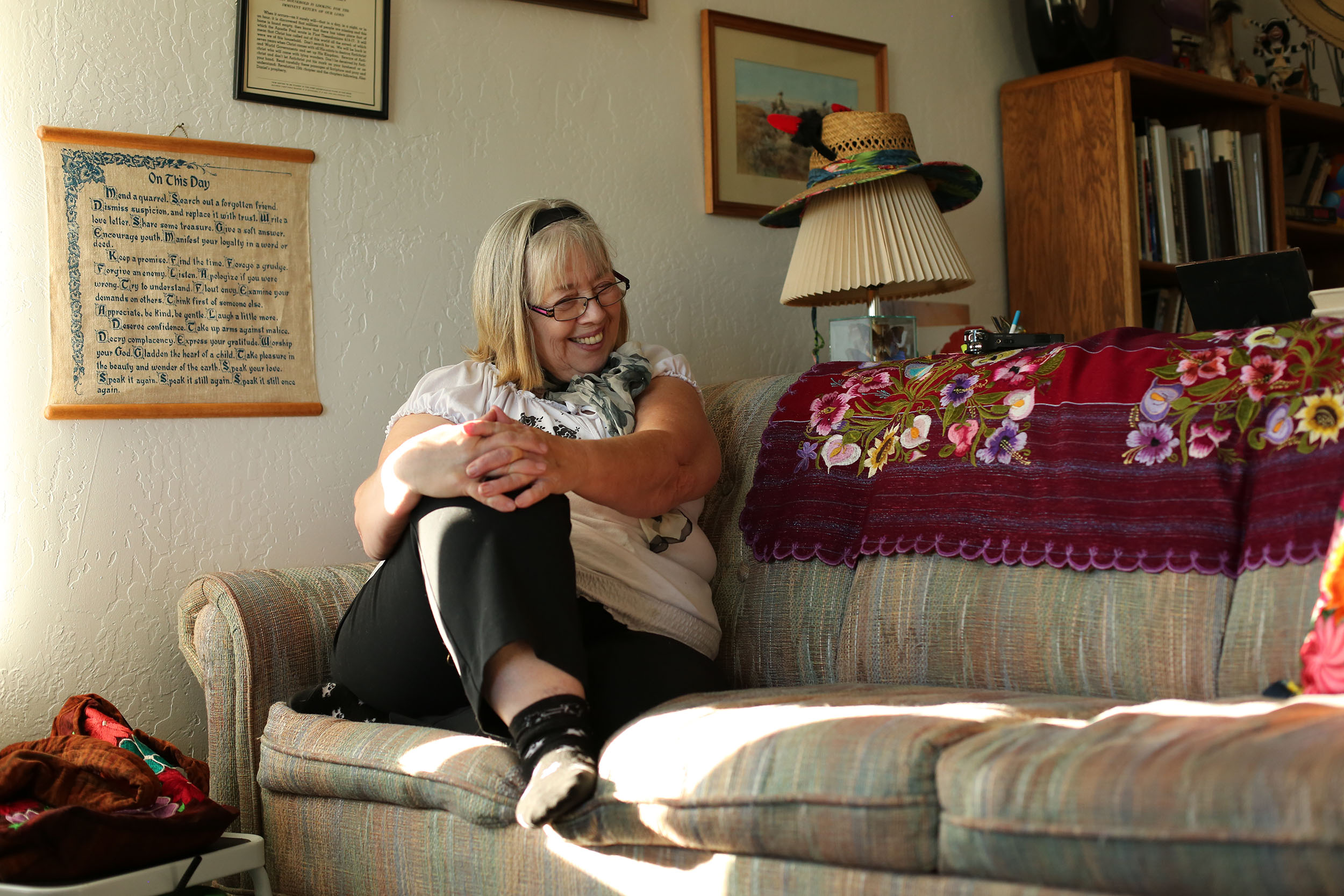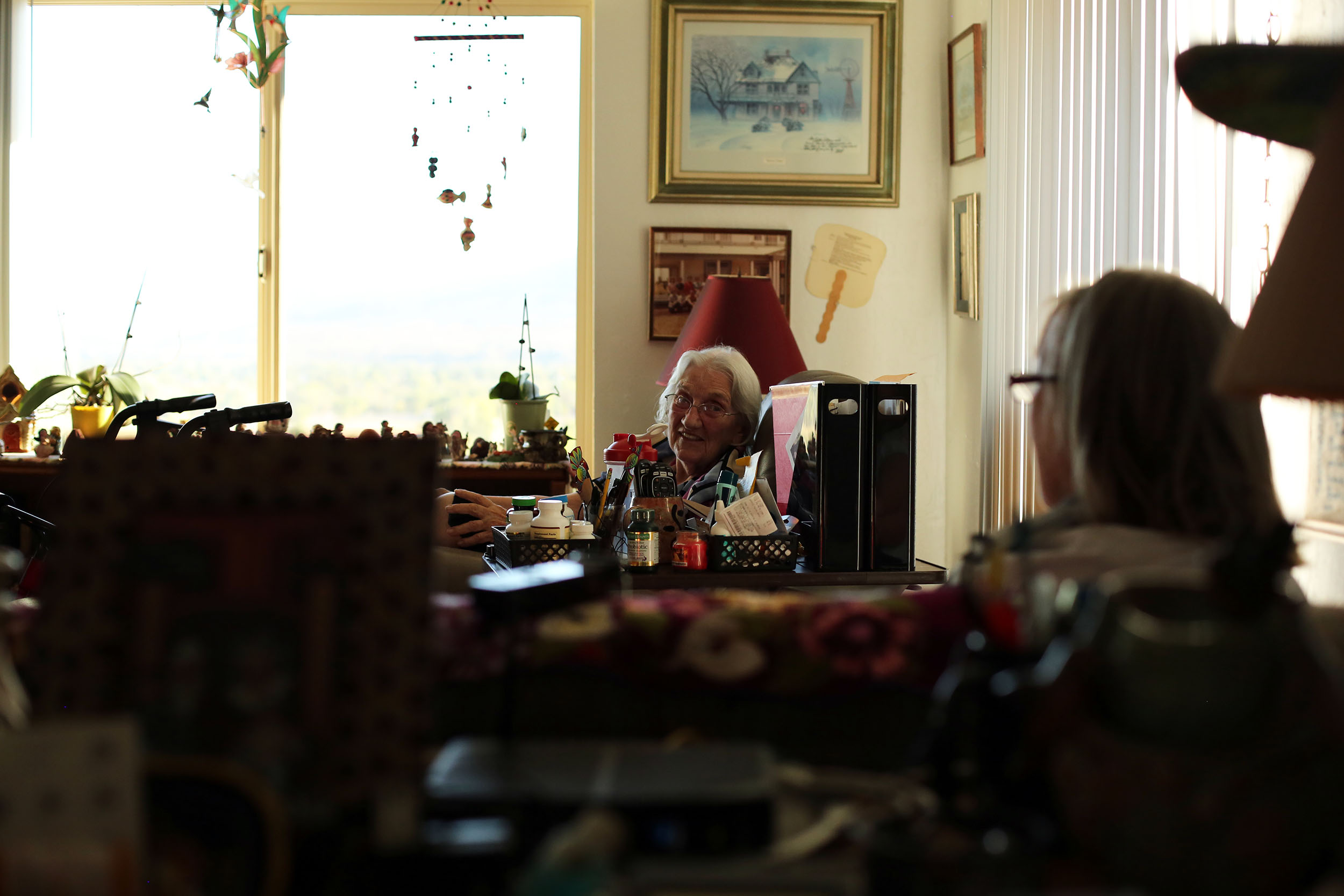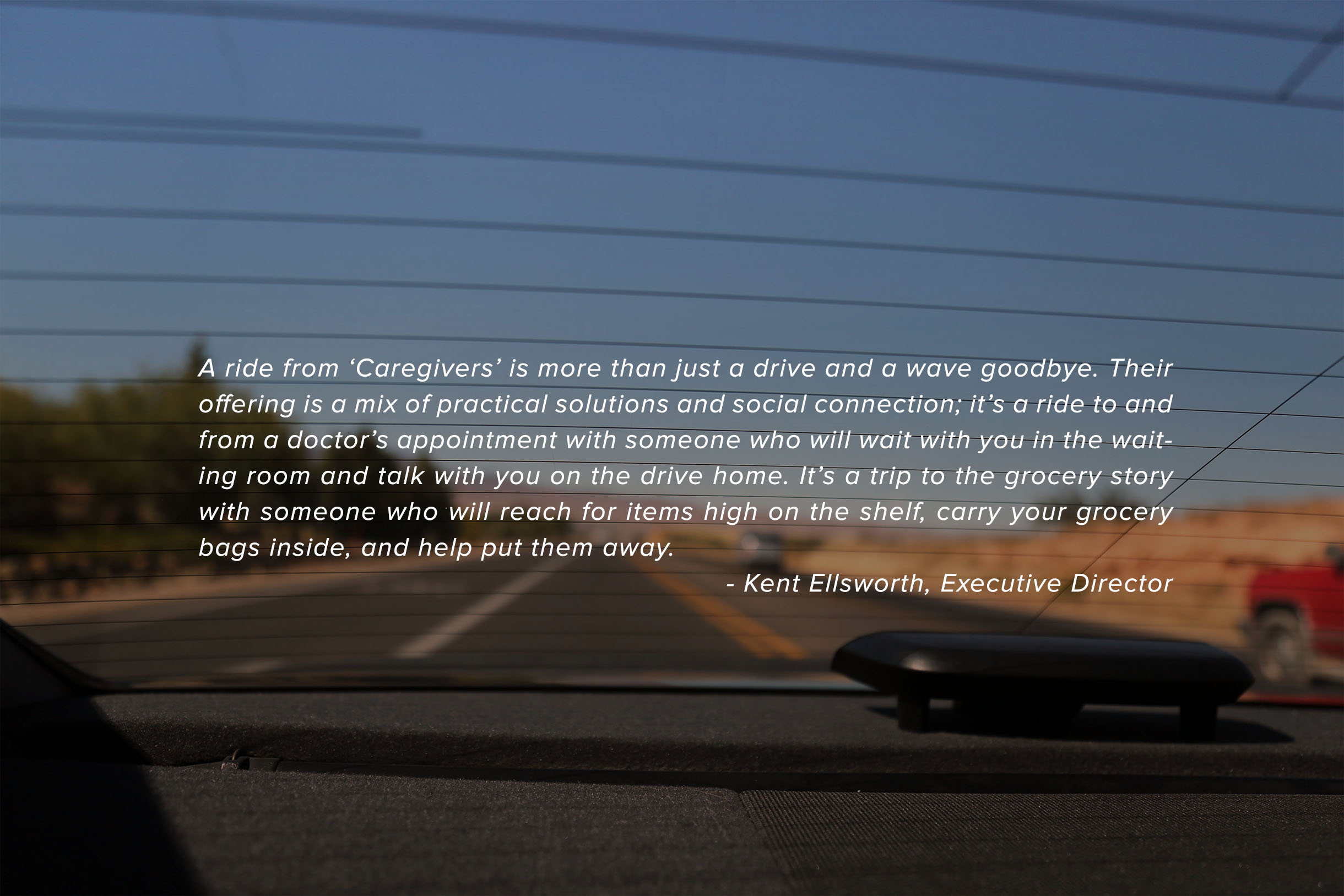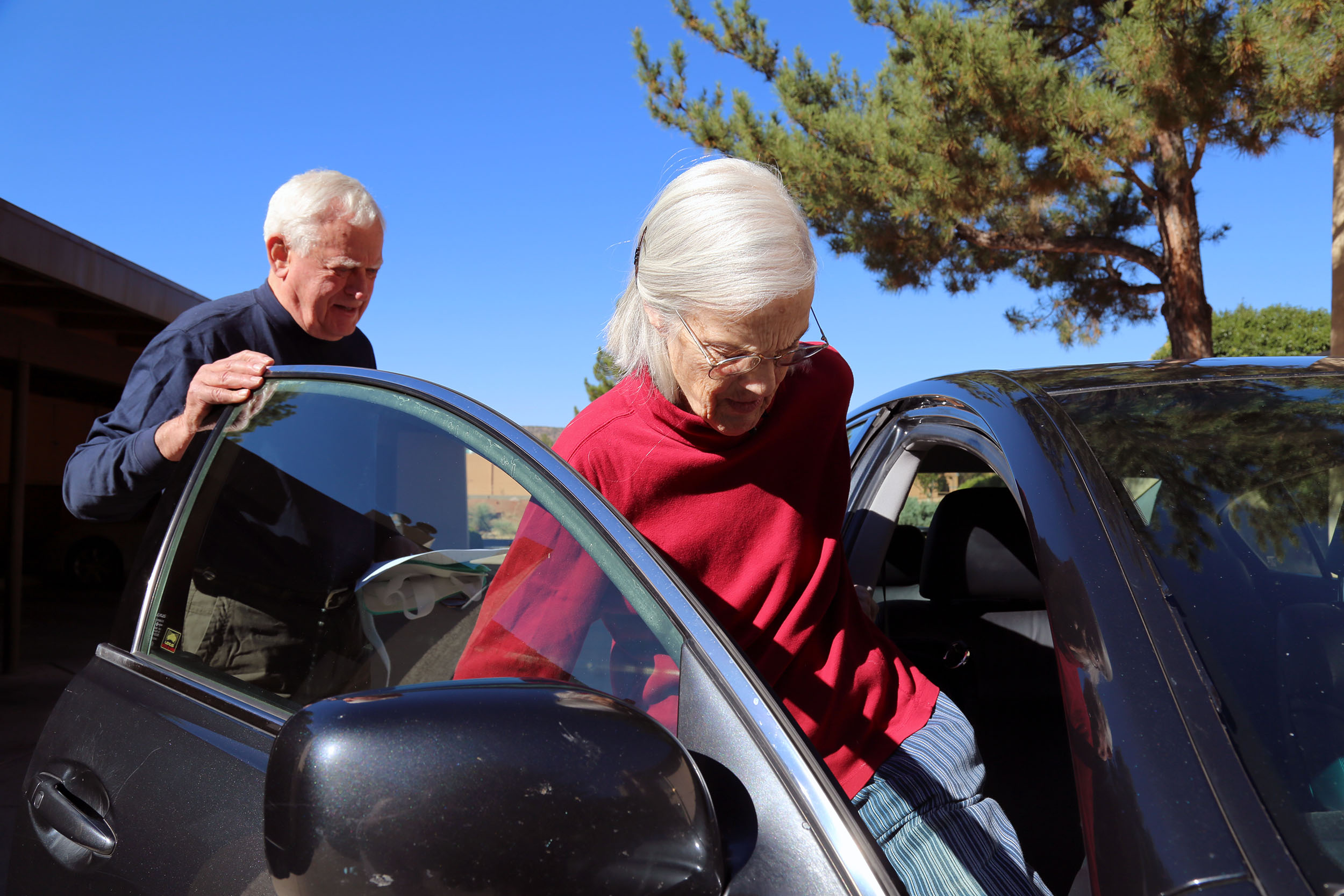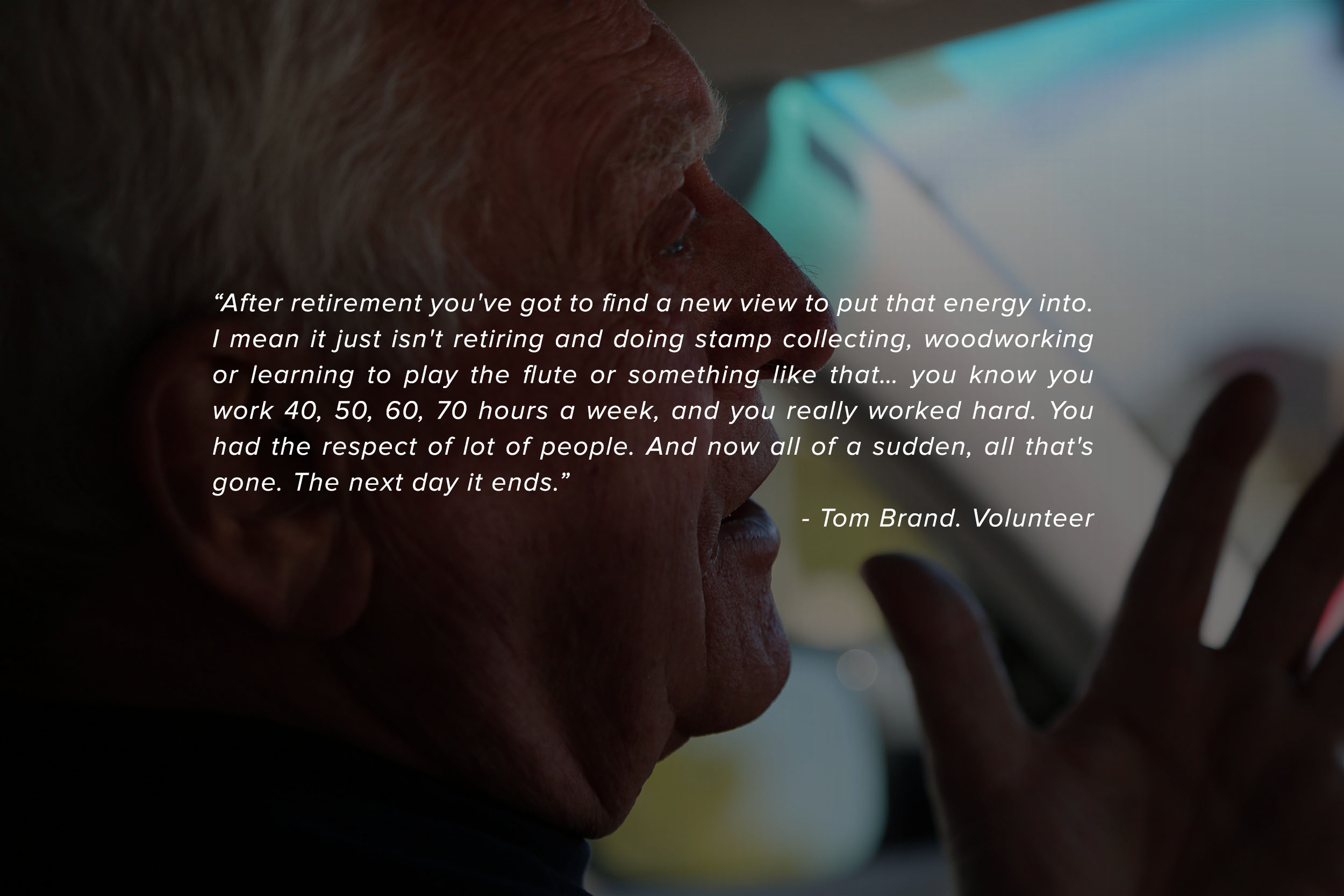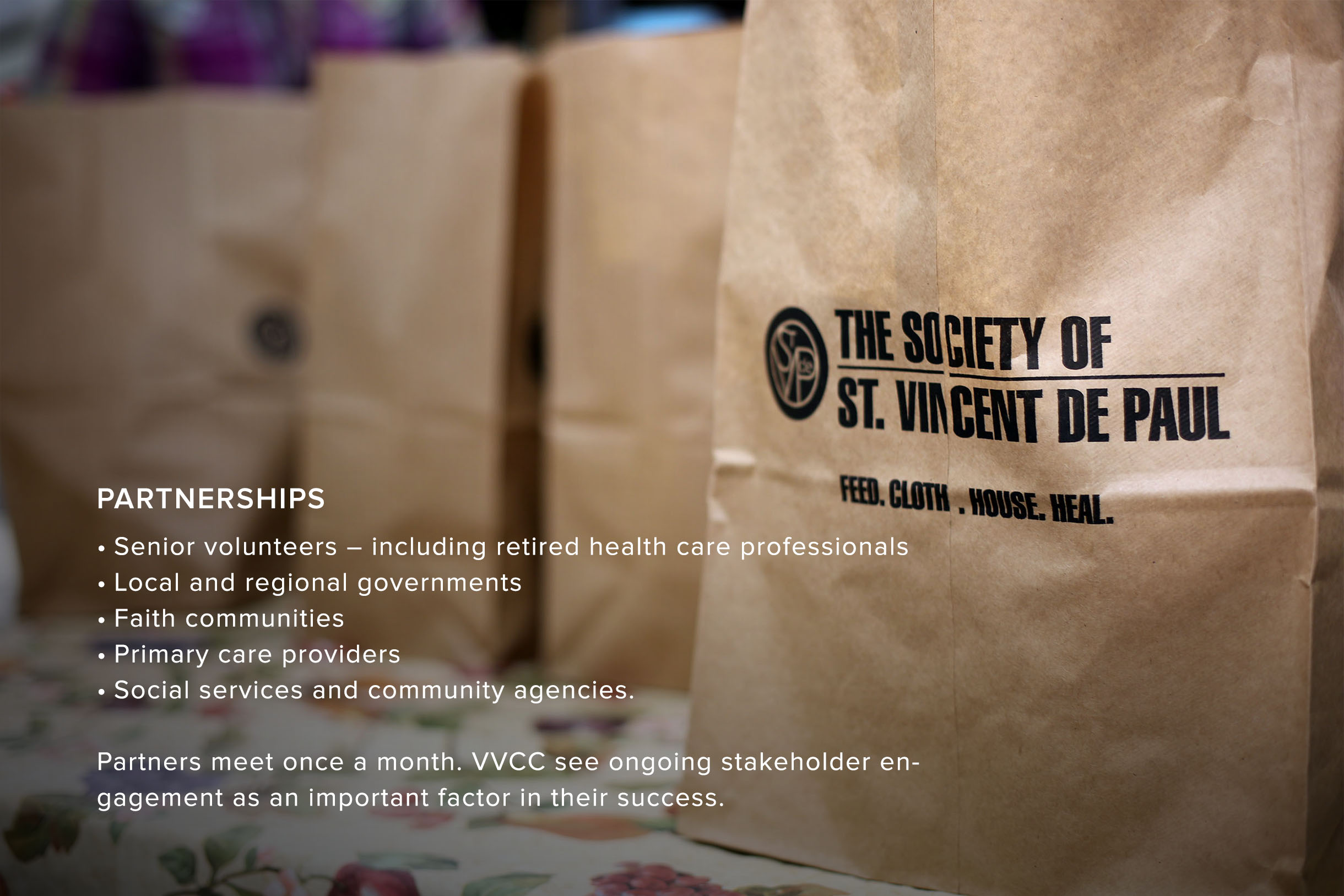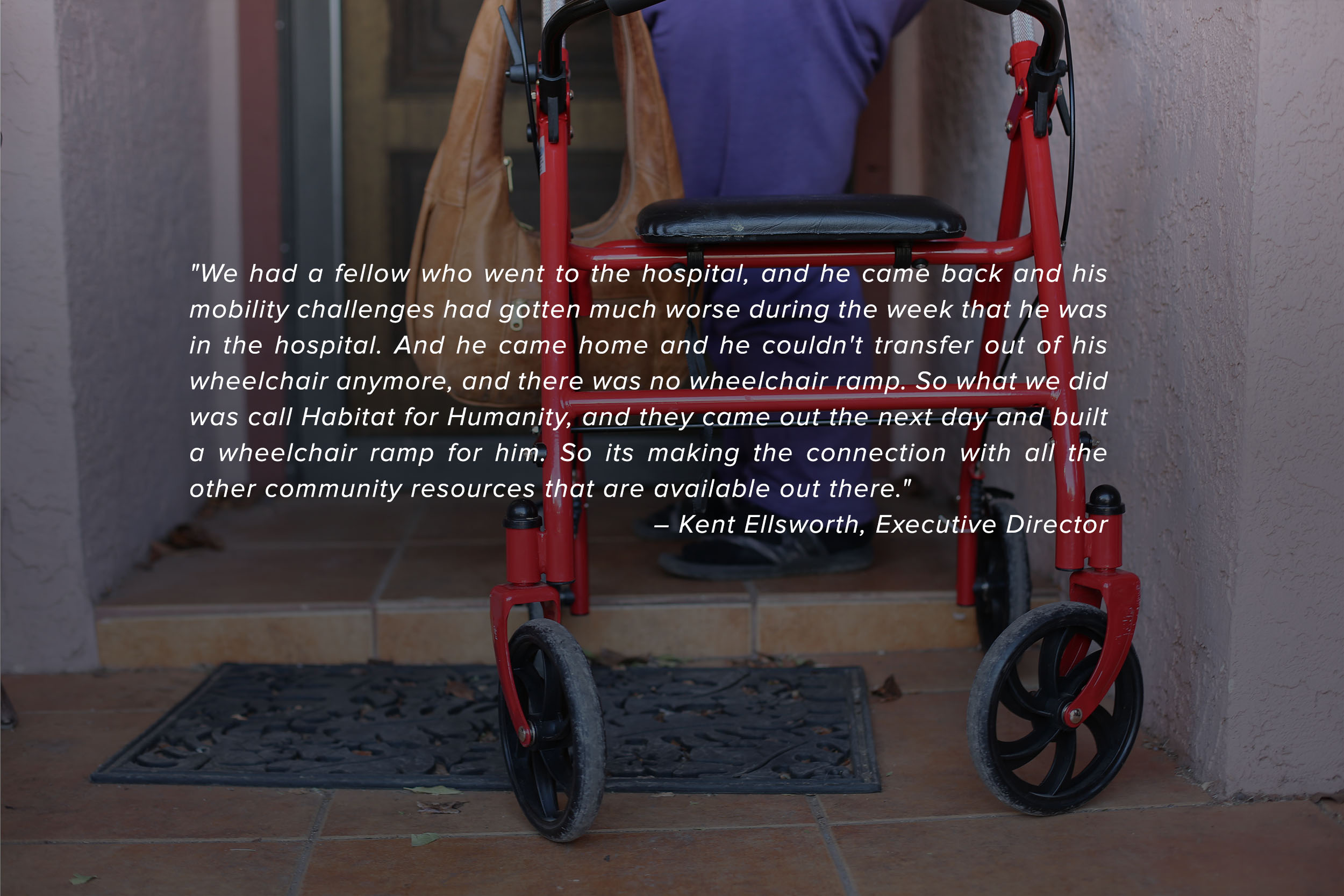“Fire Chiefs give people who repeatedly call 911 our number, and they don’t hear from them again. Many times these ‘frequent fliers’ don’t need emergency services - they are just afraid. They are just stressed. Having somewhere to call has a real impact on a person’s ability to deal with all the new things that come up living independently in their own homes.”
VIRTUAL VILLAGES
The Virtual Village is a community-driven approach to helping seniors stay living independently in their own homes. Volunteers from the local community fulfill the majority of help requests, which are organized through a central intake line. The goal is to build a “one-stop-shop” where seniors can call in and connect with willing volunteer neighbours.
As with many emergent, community-driven models, villages are bespoke to the community they serve. The specific needs of residents, local geography, existing community infrastructure, and availability and skill set of volunteers are factors that greatly influence the makeup of virtual villages. Typical services include transportation, grocery shopping, light home repairs, snow shovelling, tech support, dog walking, and companionship.
Membership is low cost, with overhead consisting primarily of insurance and a telephone line, and in some cases, a paid coordinator. Many virtual villages also negotiate bulk-discounted rates with local stores and service providers, in cases where seniors needs exceed the capabilities of community volunteers. By pooling their money, members benefit from greater buying power and discounted rates.
DRAWBACKS
- Does not necessarily prevent social isolation: quality of connection is reliant on individual connections. Some villages limit the amount of service requests any one member can make.
- Reliant on Volunteers: Volunteers provide more than 90% of the services. Available services are dependant on what community members are able and willing to do.
- Lack of Formal Connection to Professional Supports: most do not have formal connection with health or social services.
BENEFITS
- Affordability: relatively low cost to members, around $500 per year for membership. Most villages provide subsidies or wave costs for low-income members.
- Moving Not Required: allows older adults to remain in their original homes and communities without relocating.
- Reassurance of Community of Support: knowing that a volunteer neighbour is donating their time can give a sense of reassurance; that seniors are still valued by society.
CASE STUDY: VERDE valley caregivers coalition
sedona, az
The Greater Verde Valley is a large, rural area located in central Arizona. It sits high atop the Colorado plateau, surrounded by aspen trees and red rock mountains. The Verde Valley Caregivers Coalition (VVCC) serves most of the Verde Valley, an area that covers over 700 square miles. It is one iteration of a virtual village: a hyperlocal community organization that provides low cost help to seniors through a large network of volunteers.
Given that Sedona, the main hub in the area, is a well-heeled resort town with a high volume of tourists, this seems surprising. However, according to Executive Director Kent Ellsworth, beneath the veneer of picturesque Sedona, there is a lot of need in the surrounding communities, namely lack of transportation and support systems.
VVCC does not provide health services. Instead they focus on providing access to care and assistance with addressing seniors’ social determinants of health such as access to food and help with getting to the drugstore. When members need help, they call into the call centre that is staffed by two full-time care coordinators who connect them with available community volunteers. Most volunteers are retired seniors who are looking to make an impact in their community – and who have time on their hands.
In many ways, the Caregivers model can be seen as a pay-it-forward system that makes use of the unmet needs and untapped capacity of retirees to address the gaps in care experienced by less mobile, more vulnerable seniors.
Betty
Betty Davis lives alone in a one bedroom apartment. Although she grew up in in an affluent family, she now gets by on social security. She uses Verde Valley Caregivers for rides to medical appointments.
a day in the life
(scroll through)
Visit them at: http://www.vvcaregivers.org/





